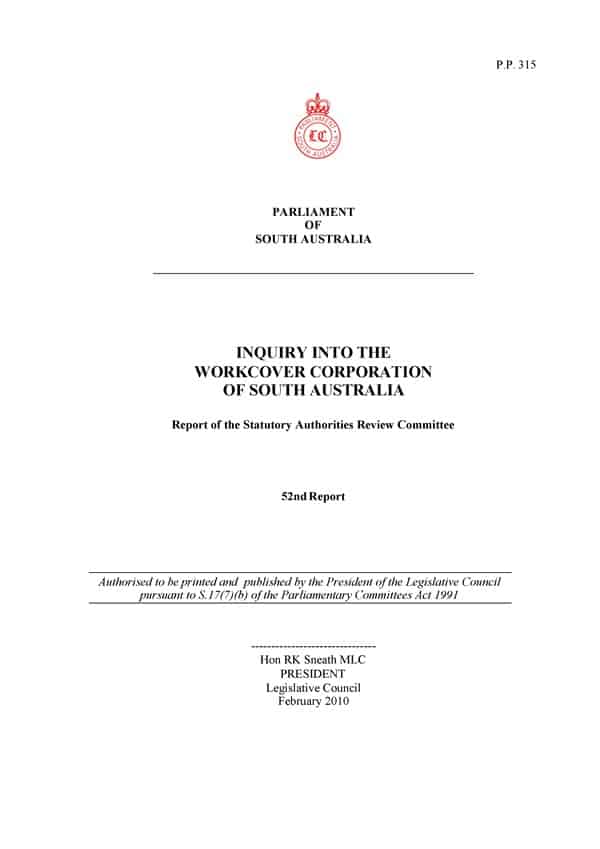In January 2010, Today Tonight in South Australia aired a disturbing report about the workers compensation reforms in that State. It talks to two widows who blame WorkCover SA as contributing to their husbands’ suicides. One man left a suicide note explicitly blaming WorkCover SA, emphasising his point by jumping to his death from the sixth floor of the WorkCover office building.
The video report is available HERE under the title WorkCover Suicide.
One of those interviewed in the story is Kevin Purse who undertook a report into the SA workers’ compensation system on behalf of SA Unions. Continue reading “Some families in South Australia blame WorkCover for their partners’ suicides”



 One could be
One could be